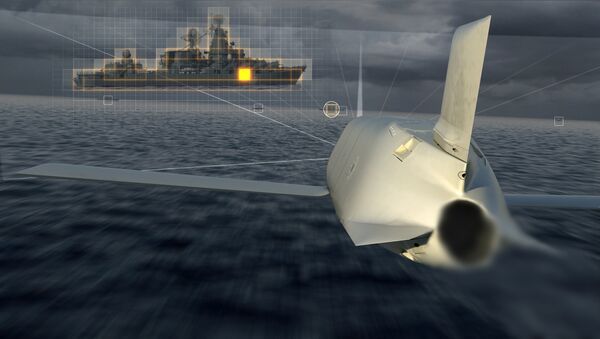“The timeline was shortened by 50 percent,” Naval Air Systems Command’s Precision Strike Weapons program manger Captain Jaime Engdahl was quoted as saying on Thursday by National Defense magazine.
LSRAM has semi-autonomous navigation and artificial intelligence features enabling it to distinguish hostile from friendly targets and penetrate enemy antiaircraft batteries, the report noted.
In 2009, US Pacific Command head Admiral Harry Harris asked for LSRAM to be developed and produced at an accelerated pace and, in turn, the US Navy turned to the Defense Research Projects Agency (DARPA) to help compress the timeline to meet the demand.
“Because of the urgency of the program we found the only way to make that timeline was to take the best airframe that we could find, JASSM ER, and put all the DARPA technologies they were developing into that airplane,” Engdahl added.
The Pentagon believes the re-engineering and acquisition process used to accelerate the pace of the LSRAM program will be an example of how to more quickly develop and field weapons in the future.


